Coenzyme Q10 Supplement Quality
Commercially available CoQ10 supplements are quite different from one another in quality and potency. Even if the manufacturers start with the same CoQ10 raw material, the end result can vary considerably [Mantle & Dybring 2020].
Formulation and Solubilization of the CoQ10 Raw Material
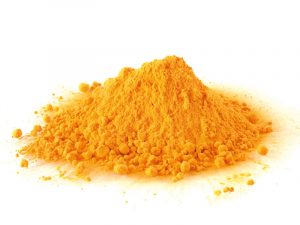
The supplements manufacturer buys CoQ10 raw material in the form of crystalline powder. Our gut cannot absorb these crystals. The challenge for the CoQ10 supplements manufacturer is to formulate the mix of Coenzyme Q10 and carrier oils in such a way as to have the CoQ10 crystals dissolve to single CoQ10 molecules at body temperature.
The most important difference, often discussed on this site, is the difference in the manufacturer’s formulation of the product. Decisive factors in the development of a really good CoQ10 supplement are 1) the choice of the carrier oils that the Coenzyme Q10 is dissolved in and 2) the heating and cooling processes that are used in the production of the CoQ10 supplement [Lopez-Lluch 2019].
In the supplement manufacturing process, the formulation and solubilization of the crystalline CoQ10 raw material are so important because of the high hydrophobic nature and the high melting point of the lipid-soluble CoQ10 crystals [Mantle & Dybring 2020].
The melting point of CoQ10 crystals is 10 degrees Celsius higher than human body temperature. Humans cannot absorb CoQ10 crystals; the crystals must be dissolved to single molecules for absorption. Consequently, the manufacturer must formulate the CoQ10 supplement with these considerations in mind [Judy 2021 Dec].
Whether Ubiquinone or Ubiquinol Is Less Important
Of lesser importance to the absorption and bioavailability of the CoQ10 supplement is the form of the Coenzyme Q10 – whether it is in the oxidized form (ubiquinone) or the reduced form (ubiquinol) [Judy 2021 Dec].
In the 2019 Lopez-Lluch bioavailability study, the respective mean AUC and Cmax values for the best ubiquinone product were 28.0 mg/L/48 h and 1.07 mg/L while the AUC and Cmax values for the tested ubiquinol product were 14.8 mg/L/48 h and 0.49 mg/L, respectively. Thus, the AUC for Coenzyme Q10 in ubiquinol form was only 52% of that for ubiquinone [Mantle & Dybring 2020].
Note: The area under the curve (AUC) shows the proportion of the Coq10 dose that has entered the blood circulation. The Cmax shows the peak plasma CoQ10 concentration following the initial administration of the CoQ10 dose.
Content and Stability of CoQ10 Supplements
The clinical efficacy of CoQ10 supplements is also dependent upon the content and the stability of finished product. Also here, there are differences from one CoQ10 product to another.
Temova-Rakusa et al [2021] tested the contents of Coenzyme Q10 in 11 commercial products. They found a CoQ10 content ranging between 82% and 166% of the declared content. The researchers also tested the stability of the products over a three-month storage period. They observed that the CoQ10 supplements in the ubiquinol form were “properly stabilized” and that the ubiquinone CoQ10 supplements tended to be somewhat reduced to the ubiquinol form.
These findings remind of the lab studies and large dog studies conducted by Dr. William Judy at the SIBR Research Institute. Dr. Judy showed that the ubiquinol in soft-gel capsules had a relatively high stability – it remained in the ubiquinol form [Judy 2021 Aug]. However, in large dog studies, Dr. Judy observed that the ingested ubiquinol was highly unstable and was converted predominantly to the ubiquinone form of Coenzyme Q10 before it was absorbed [Judy 2021 Oct].
Content of CoQ10 Supplements in the European Union

Prof. Urban Alehagen chose a ubiquinone form of CoQ10 supplement for the KiSel-10 study because of its proven absorption, bioavailability, and clinical efficacy.
Pravst & Zmitek [2011] examined the CoQ10 content of 58 food supplements available in three European Union member states.
Some of the tested supplements contained almost precisely the same quantity of Coenzyme Q10 as the label indicated. However, one-third of the CoQ10 products contained 70% of the labelled content. Pravst and Zmitek concluded that the market authorities need to do more and better regulations of CoQ10 products that are sold as food rather than as medicine.
To date (December 2022), there is only one CoQ10 preparation that is authorized as a medicine in an EU member state [Mortensen 2014].
Conclusion: Not all Coenzyme Q10 Products Give Good Health Benefits
- It is difficult to formulate a CoQ10 supplement so the CoQ10 crystals are dissolved to single CoQ10 molecules at body temperature – a prerequisite for absorption.
- The form of the Coenzyme Q10 in the supplement is considerably less important than the formulation.
- Good absorption and good bioavailability are important to good heart health as evidenced in the Q-Symbio Study [Mortensen 2014] and the KiSel-10 Study [Alehagen 2013].
- Coenzyme Q10 is essential for the generation of ATP energy and for lipid-soluble antioxidant protection.
- It is important to choose a CoQ10 supplement with documented evidence of absorption and clinical effects.
Sources
Alehagen U, Johansson P, Björnstedt M, Rosén A, Dahlström U. Cardiovascular mortality and N-terminal-proBNP reduced after combined selenium and coenzyme Q10 supplementation: a 5-year prospective randomized double-blind placebo-controlled trial among elderly Swedish citizens. Int J Cardiol. 2013 Sep 1;167(5):1860-6.
Judy WV. The Instability of the Lipid-Soluble Antioxidant Ubiquinol: Part 1-Lab Studies. Integr Med (Encinitas). 2021 Aug;20(4):24-28.
Judy WV. The Instability of the Lipid-Soluble Antioxidant Ubiquinol: Part 2-Dog Studies. Integr Med (Encinitas). 2021 Oct;20(5):26-30.
Judy WV. The Instability of the Lipid-Soluble Antioxidant Ubiquinol: Part 3-Misleading Marketing Claims. Integr Med (Encinitas). 2021 Dec;20(6):24-28
López-Lluch G, Del Pozo-Cruz J, Sánchez-Cuesta A, Cortés-Rodríguez AB, Navas P. Bioavailability of Coenzyme Q10 supplements depends on carrier lipids and solubilization. Nutrition. 2019;57:133-140.
Mantle D, Dybring A. Bioavailability of Coenzyme Q10: an overview of the absorption process and subsequent metabolism. Antioxidants. 2020;9:386.
Mortensen SA, Rosenfeldt F, Kumar A, Dolliner P, Filipiak KJ, Pella D, Alehagen U, Steurer G, Littarru GP. The effect of coenzyme Q10 on morbidity and mortality in chronic heart failure: results from Q-SYMBIO: a randomized double-blind trial. JACC Heart Fail. 2014 Dec;2(6):641-9.
Pravst I, Zmitek K. The Coenzyme Q10 content of food supplements. J. Verbr. Lebensm. 2011;6:457-63.
Temova Rakusa Z, Kristl A, Roskar R. Stability of reduced and oxidized Coenzyme Q10 in finished products. Antioxidants (Basel). 2021;10:360.
The information presented in this review article is not intended as medical advice and should not be used as such.


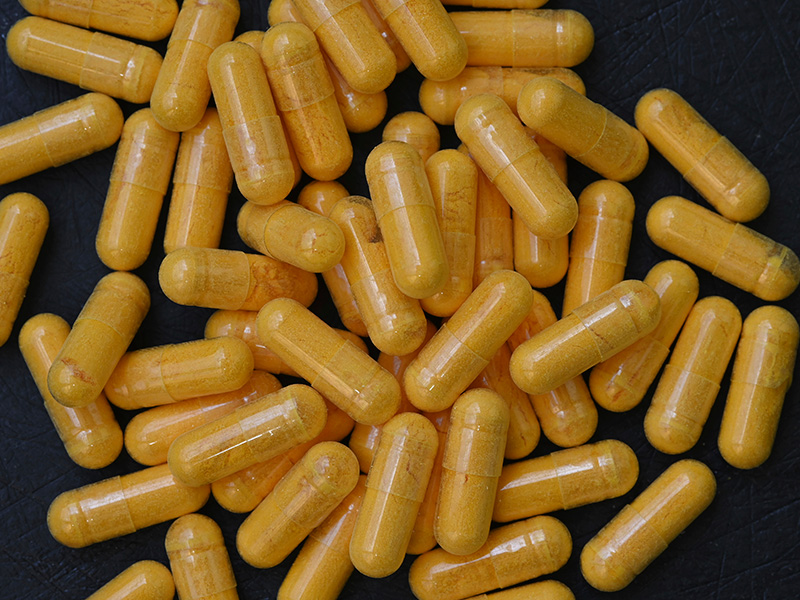
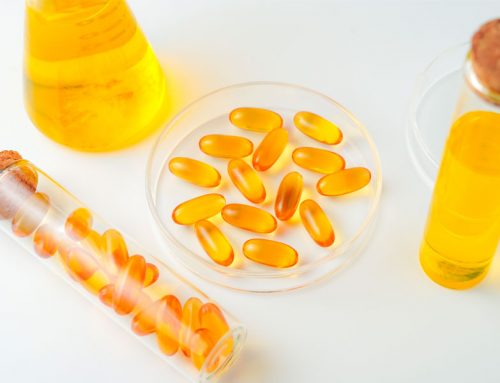
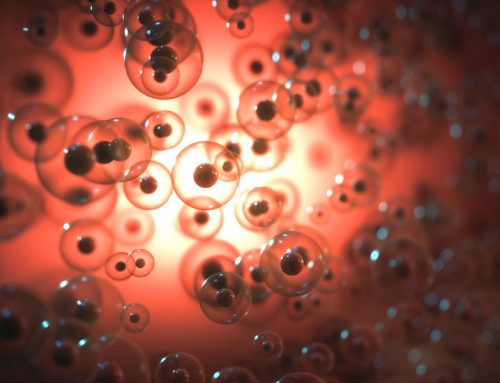
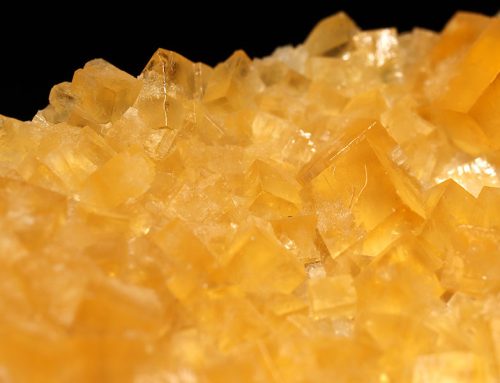
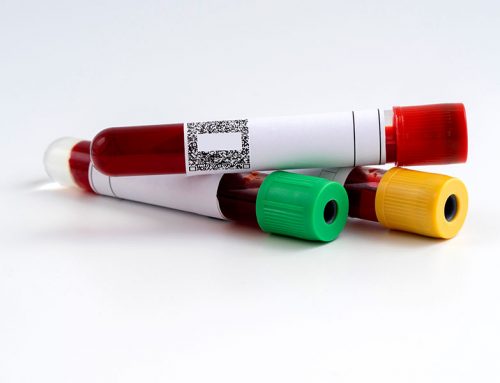
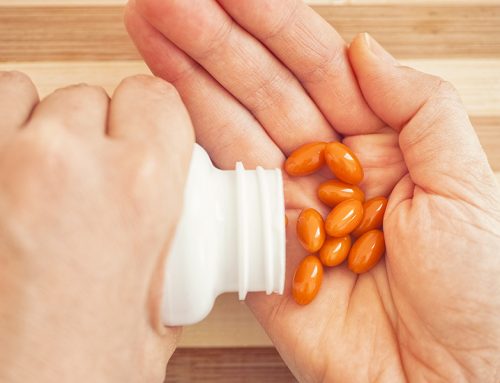

Hi ,
Could you possibly recommend the best cq10 supplement to take, I have decided that the ubiquinone form is what I will purchase but I wondered if you could recommend one or two in particular.
Thank you in advance,
Simon.
Dear Simon,
If you have been reading q10facts.com, then you know that there is considerable variation in the quality of commercially available CoQ10 supplements. This is because the crystalline CoQ10 raw material is so difficult to make dissolve at room and body temperatures, given the high melting point of Coenzyme Q10. And, the Coenzyme Q10 crystals have to be dissolved to single molecules for us to be able to absorb the Coenzyme Q10. We cannot absorb CoQ10 crystals.
So, you need a preparation that has been shown to be effective, e.g., the CoQ10 supplement used in the Q-Symbio heart failure study and in the KiSel-10 cardiovascular health study.
You can find info about it here.
http://www.q-symbio.com/can-i-get-the-same-q10-used-in-the-study
http://www.q-symbio.com/what-kind-of-q10-was-used-and-dosage
Thank you for your interest in q10facts.com.
Richard